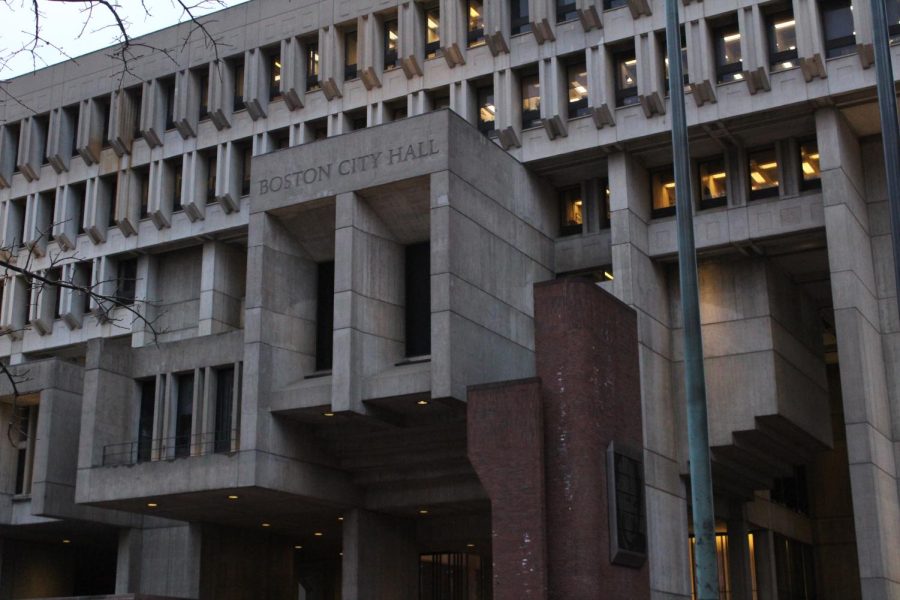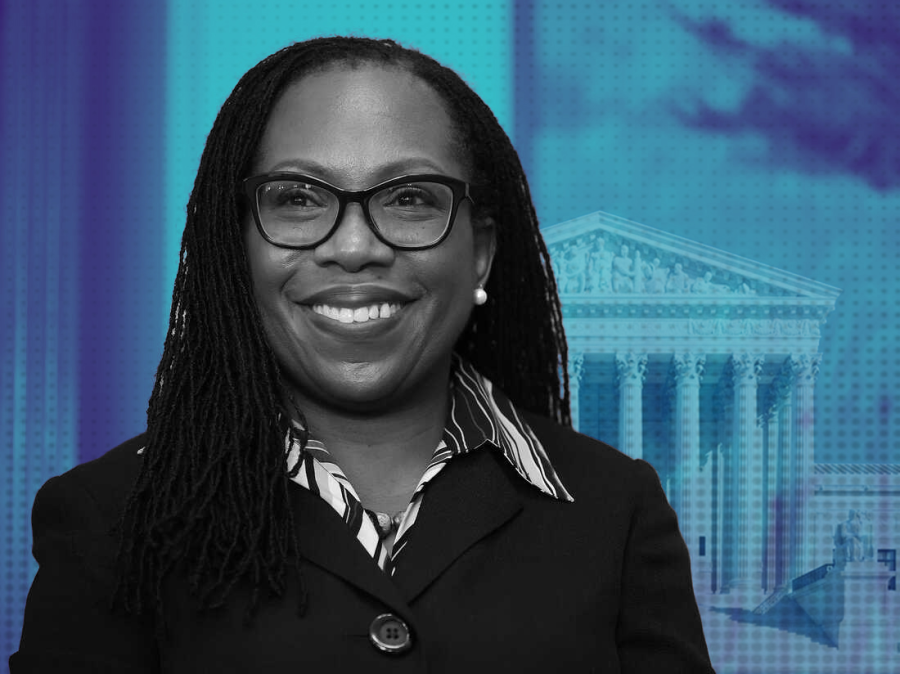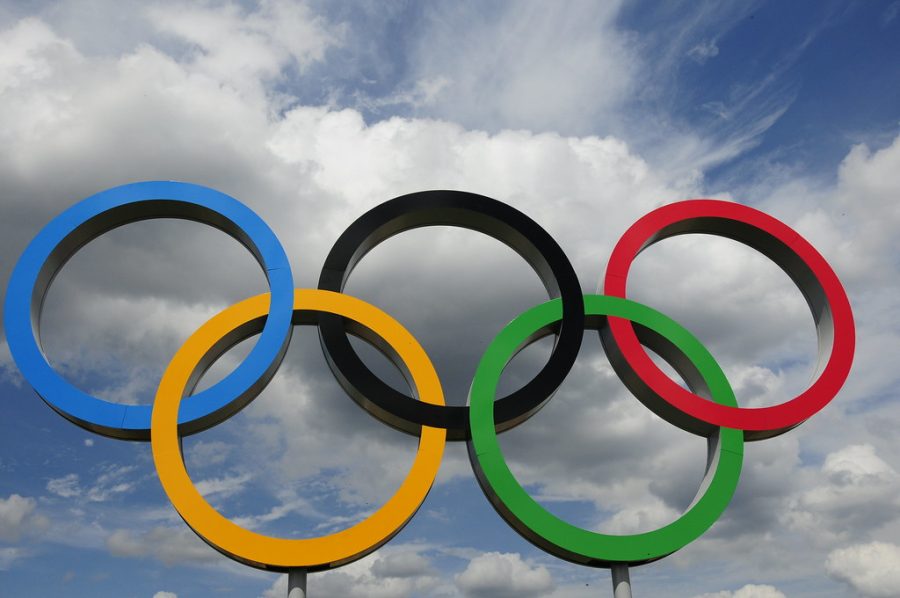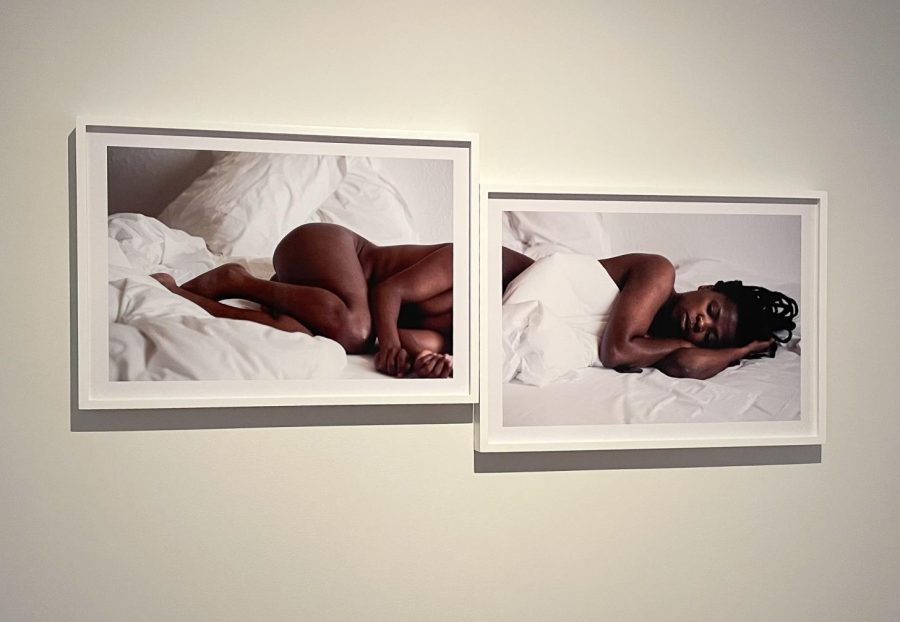
Effects of the COVID-19 pandemic have illuminated drastic inequalities between low-income communities of color and mid to high-income white communities.
Historically, low-income communities were segregated and redlined, so the socioeconomic status of families living in them has changed little over time. In Boston, the majority of people of color live in the neighborhoods of Roxbury, Dorchester and Mattapan.
A recent study by Mallory Stermon and Chris Lukinbeal of The University of Hawai’i has shown that from 1930 to 2020, Boston has seen “less exposure and more isolation for the minority,” according to the report.
This means people of color are less likely to interact with the white community that benefits from Boston’s economic success. Thus, communities of color have little access to resources that provide a healthy life and stable income, creating inequality with high-income communities not only around obesity, disease and life expectancy rates, but now, severe COVID-19 cases and deaths.
COVID-19 has unequally impacted low-income individuals and people of color financially, along with their ability to seek treatment if they become infected with the virus.
Low-income communities and communities of color, when they contract COVID-19, are more likely to become seriously sick compared to white, wealthy families. Adults under 64 who make over $50,000 a year have a 16% chance of serious illness with COVID-19, according to a study published by the Kaiser Family Foundation. But the risk continues to climb.
Families making under $50,000 a year have 21% risk for serious illness, families earning under $35,000 have a 24% chance, families earning under $25,000 have 30% and families making under $15,000 a year have a 35% chance.
Because people of color are more likely to live in or near poverty due to systemic racism, they are most likely to get seriously sick with COVID-19. According to the KFF, Native Americans have a 34% chance, compared to a 21% for white people. These inequalities inevitably lead to a high death rate among historically marginalized communities.
The inequalities are stark, with living conditions to a lack of resources being part of the reasons why they exist. A family’s income level in the US is proportional with access to healthcare, accessibility to healthy food options, and quality of living conditions. Poor neighborhoods often have a high concentration of unhealthy food sources, such as fast food to convenience stores and a scarcity of healthy food sources, such as grocers or supermarkets — the opposite being true in high-income neighborhoods.
According to a study done by professors for the academic journal “Health & Place,” “Areas of concentrated poverty had higher fast-food access … access was higher across neighborhoods that fell above the 25th percentile of concentration of Black residents.”
This means that communities of color and low-income communities have a much higher access to unhealthy food, which is usually cheaper than healthier options. Because of this, residents and their children will often choose fast food over healthy alternatives.
The higher consumption of fast food leads to health problems such as obesity and heart disease, particularly when individuals cannot access fruits and vegetables. Low-income communities, starting in childhood, have a higher rate of obesity, heart disease and other related issues.
In Boston, “Black (33.3%) and Hispanic (23.5%) participants were more likely to have diabetes than White participants (18.0%),” according to a study in the academic journal “Social Science & Medicine.” Unhealthy food, coupled with lack of healthcare access especially among children, as children from financially secure families are twice as likely to get a health check-up as children from poor ones, has given COVID-19 a running start in disadvantaged communities.
The living conditions of low-income families have played a role in the increased health problems that come with COVID-19.
Low-income areas have increased pollution, climate change impact, population density, crime rates and access to tobacco and alcohol. The low-income population typically works in low-paying jobs with unhealthy working conditions, especially in hard labor or production, and many of them were considered “essential” during the early stages of the pandemic.
Pre-existing health inequalities have exacerbated COVID-19’s effect on low-income communities and communities of color. These communities are still getting hit hard, with lower vaccination rates partly due to the inherent lack of trust that communities of color have in the government in the medical field, thanks to secret studies such as the Tuskegee Experiments, where the US Public Health Service withheld diagnosis and treatment for hundreds of Black men with syphilis in the 1930s-1970s to study the disease’s effects.
COVID-19 Housing Crisis and the Racial Wealth Gap
The UShas a dramatic wealth gap between white families and families of color due to the history of oppression and segregation that also led to low percentages of homeownership among disadvantaged people.
The 2008 housing crisis primarily affected communities of color. Professor Jackelyn Hwang from Stanford University found that “In Boston’s 15 planning districts, over 80 percent of Boston’s foreclosures took place in five of them—Dorchester, Roxbury, Mattapan, Hyde Park, and East Boston,” according to the article by Jackelyn Hwang in City & Community. “Racialized recovery: Postforeclosure pathways in Boston neighborhoods.”
This decreased homeownership rates and increased the number of renters in these neighborhoods that are heavily populated by people of color, with the majority not returning to homeowner status.
The COVID-19 pandemic has affected everyone, especially those renting. It has also exacerbated the wealth gap between Black and white families, the median wealth of Black citizens of Boston being $8 and $247,500 for white citizens, according to Hwang.
“The financial crisis of 2008 saw a dramatic decrease in homeownership with over 8 million homes foreclosed mostly in communities of color,” according to Hwang. Many families impacted by the 2008 crisis were pushed into renting and are mostly still renting today.
According to Pew Research, Black families have a homeownership rate of 42% today, compared to white families who have a rate of 73%.
Homes, according to Brookings Institution, have had a steady increase in value, which leads to generational wealth. This has made homeownership to be the primary way to build wealth for Americans, so the disparity of homeownership increases the racial wealth gap.
COVID-19 has caused unemployment to skyrocket up to 14.8%, affecting primarily customer-facing jobs and the service/hospitality industry, according to the Bureau of Labor Statistics, unequally impacting people of color. Harvard University research has shown that unemployment has led up to 40% of renters to use their savings(which are less than half of homeowners’ savings, according to the Federal Reserve) to pay their rents. Service and hospitality employment is still not back to pre-COVID levels; studies, such as ones done in the Journal of Racial and Ethnic Health Disparities, have hypothesized that this will increase the wealth gap, affecting future generations in communities of color.
Before the pandemic, a 2018 Harvard University study showed that housing costs have been increasing dramatically since the ‘80s, but wages have remained stagnant. This means that families without generational wealth or inherited homes are much less likely to have the ability to buy a home.
During the pandemic, the Federal Reserve noted a sharp increase in housing sales along with a sharp decrease in housing availability, which led to major price increases, similar to what happened during the 2008 crisis. This further affects the wealth distribution because only those with the means to buy or sell their home will be able to do so, while those renting or who cannot afford to move out of an owned house cannot benefit from this.
Even after quarantine has ended in the US, the housing market continues to have shortages, so the federal benefits that might have enabled families to apply for a mortgage would not be enough.
In general, the pandemic has led to a decrease in wealth among communities of color. The pandemic has also made it much more difficult to increase wealth through homeownership and has forced families to continue to rent, which only shifts wealth to mostly affluent white families.
If our government does not do something to address this issue and create programs for more affordable housing, along with opportunities for families of color to become homeowners, the wealth gap between Black and white citizens will continue to widen. If the US continues this trend, communities of color will not have a chance to stand on equal footing and will only be faced with worse hardships in the future.

















